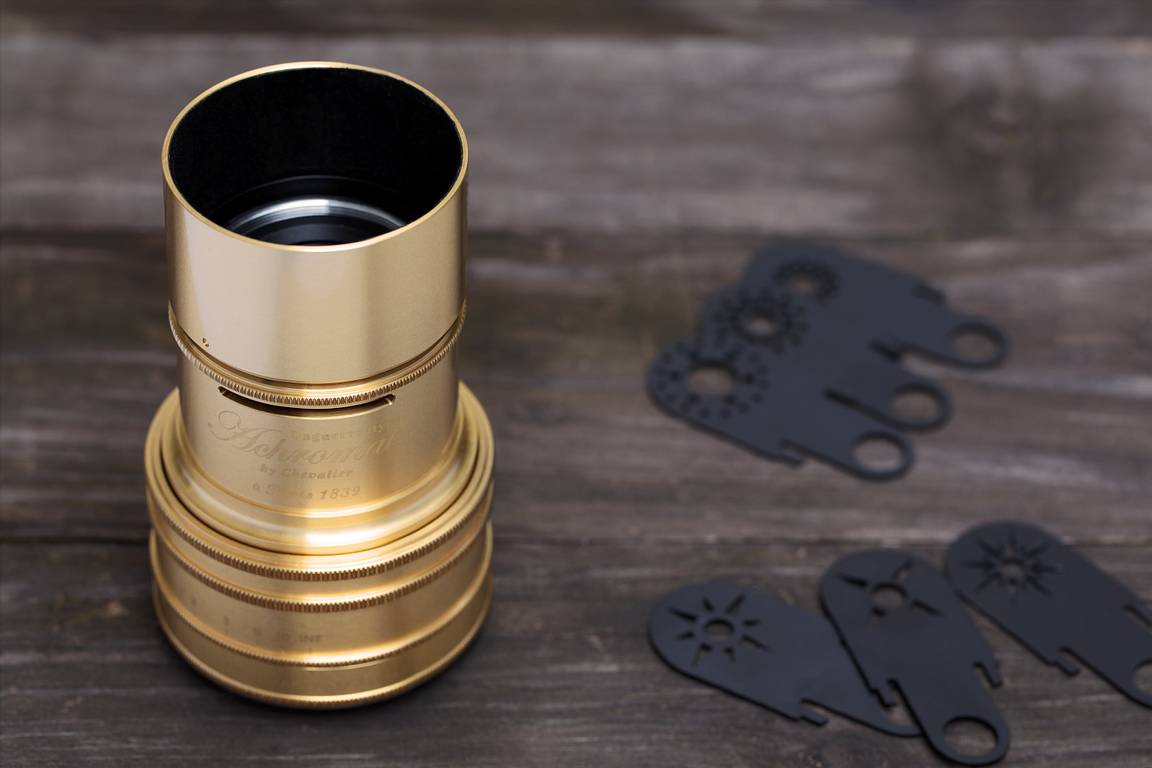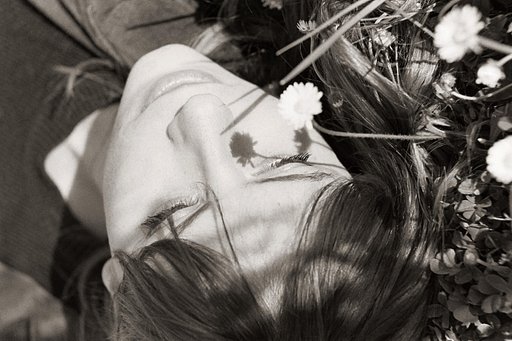Edie Sunday: Daguerreotype Achromat Art Lens First Impressions
7 Share TweetIn love with her sense of light, color, and softness, we sent the Daguerreotype Achromat Art lens to Edie Sunday, who then shared these gorgeous photographs with us and provided some insights to her inspiration and shooting tips for new lens users.
What keeps you shooting analogue?
For starters, I’ve never shot digital and I have no plans to. It’s an entirely different medium to me and it doesn’t speak to me the way film does. You could even say I’m more obsessed with film than I am with photography in general. The possibilities are limitless for me when I shoot with analog. There is no end to the experimentation and the varying results that can be achieved. I guess you could say the look and feel of film is almost necessary to convey my mood states and the way I experience the world. Nothing is crisp, nothing is solid. I see the world as vibrant, hazy, and full of emotion, and film provides me the chance to communicate those qualities of experience in my work.
What influences you and your art?
I have always been influenced by eras long past. Even though it is not intentional, the colors that appear in my work are often the murky turquoises and yellows I spent my childhood surrounded by in antique stores. It’s a similar thing with music— all of my deepest musical loves were around before I was born. I grew up loving the romanticism of Elvis, along with old country singers and the disco music of the 70s. As I got older and started getting into subcultures I discovered bands like Joy Division and The Smiths, which changed my life forever.
A lot of the time now when I’m working I listen to classical music and French music from the 1920s/30s. As far as people, it’s my friends and closest companions who influence me. Their energies and their bodies— I’m always interpreting how they are feeling and moving, how they’re viewing themselves in relation to me and my camera. And lastly and most obviously, the landscapes I’m surrounded by. Whether its mountains or oceans or deserts, the work responds to the landscapes in unique ways.

How did the Daguerreotype Achromat Art Lens affect the way you took pictures?
The Daguerreotype Achromat Art Lens definitely affected the way I took pictures. I was focused on the variety of apertures and unique inserts that created the different effects, and I loved that you could see the changes through the viewfinder as opposed to having to wait to get the film back. That it is a portrait lens also affected me— I am used to shooting with 50mm/24mm lenses and felt myself getting much more up close and personal with people with the achromat. After I got my first roll back, then I really knew how the lens was different. Everything seemed to glow, and everything was very vibrant (which I love). Then I knew the kind of atmosphere it created and could more accurately compose a photo/light a photo. Everything felt much more soft and dreamy with the Achromat.
Do you have any tips for shooting with the lens?
Shoot a couple of test rolls first so that you can get a feel for the uniqueness of the lens! It’s capable of creating a lot of different aesthetics, and I didn’t even have time to get to them all! Be experimental and don’t be afraid to shoot the lens wide open, either. Those were my favorite shots. Everything was fuzzy and radiant in the most beautiful way. Also, play with lighting in weird ways. The lens handles light in a very different way than I’m used to, and I got a lot of unexpected wonders by trying things that wouldn’t look great with your average lens.
Loving the uniqueness of the lens? Try the Daguerreotype Achromat Art Lens, available for preorder in the Lomography Online Shop.
If you want to find out more about Edie Sunday visit her website or follow her on Instagram. All photographs by Edie Sunday and used with permission.
written by Katherine Phipps on 2016-11-07 #gear #news #people #places


































No Comments